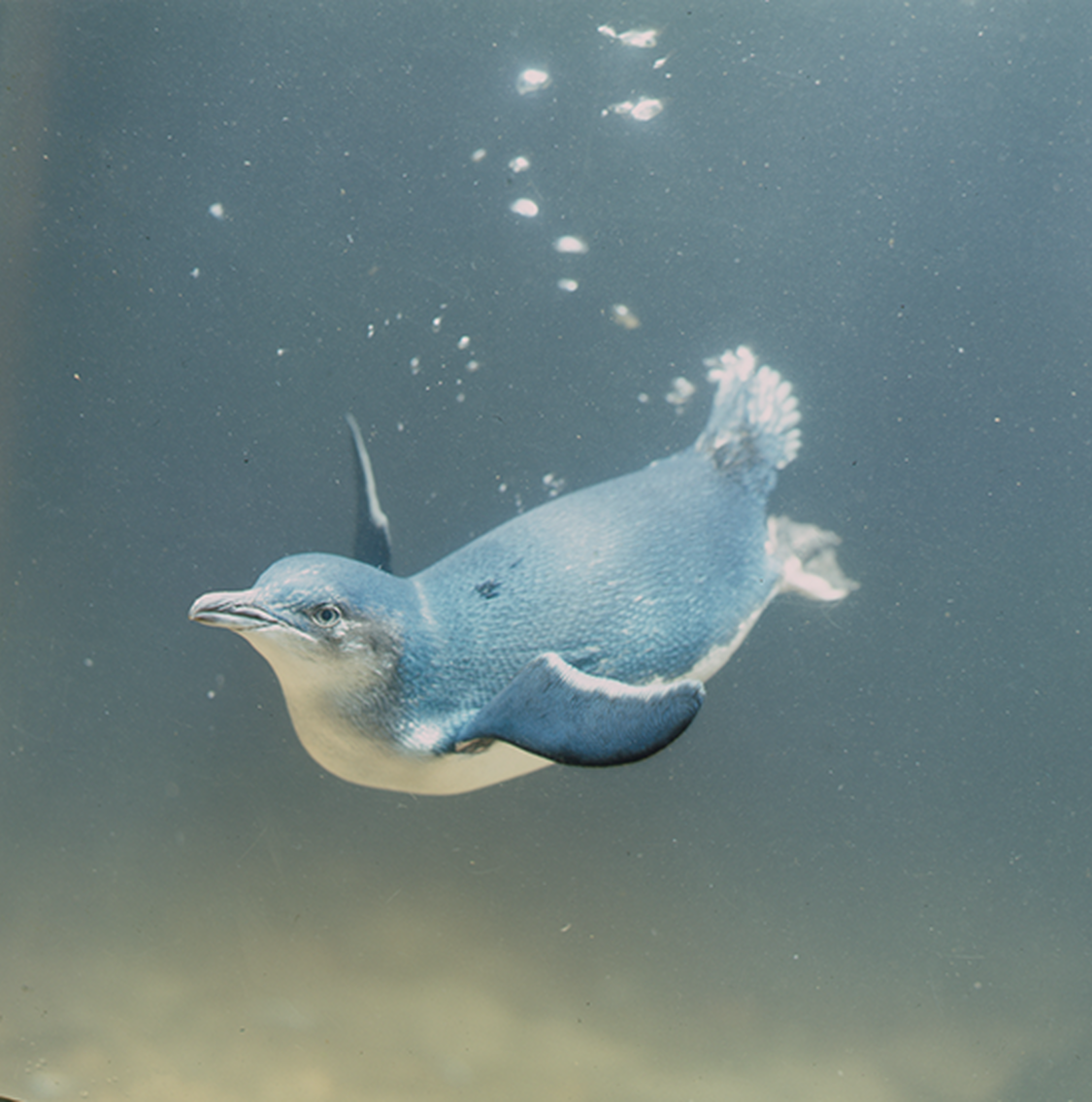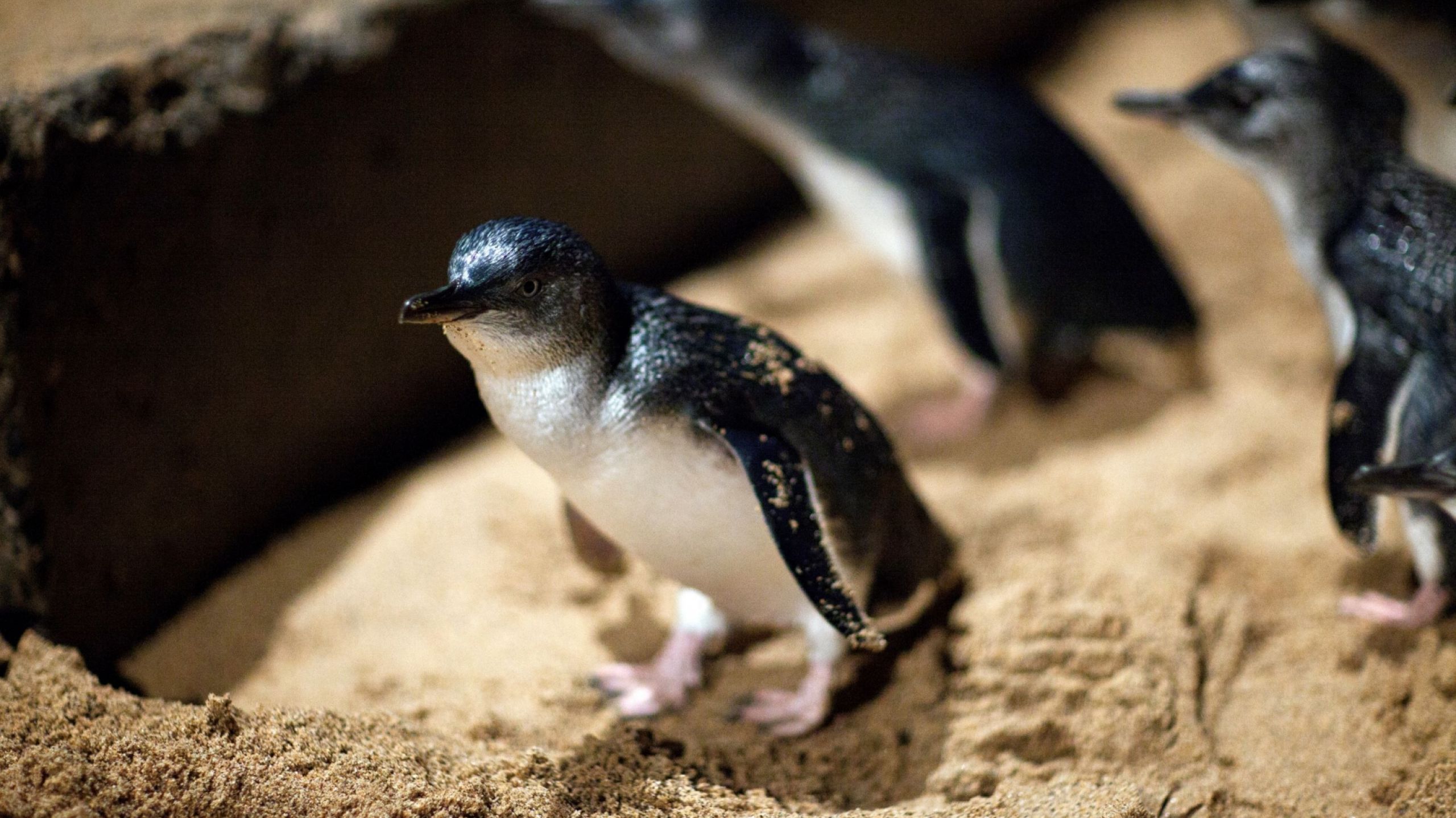Project Overview
Identifying and managing the risk of disease in the largest population of the world’s smallest penguin.
Penguins are one of the most endangered groups of seabirds in the world with 60% of species being classified as threatened by the International Union for the Conservation of Nature (IUCN), the global authority on the status of the natural world and the measures needed to safeguard it.
Phillip Island has the largest population of the world’s smallest penguin species, the Little Penguin.
Management of Phillip Island's penguins has concentrated on the elimination or mitigation of threats which has proved very successful over the past 40 years and the population has recovered from a number of human-related threats including habitat destruction, introduced plants and animals, such as foxes, pollution and road traffic.
Penguins are mostly social birds that often breed in large colonies; conditions that are conducive to the spread of infectious diseases. One emerging threatening process for penguins around the world is the effect of infectious diseases such as avian malaria, avian flu and avian cholera on penguin health and, potentially, the health of populations. These three diseases have been recorded in declining populations of penguin species in New Zealand, South Africa and South America and at least one is being considered a potential contributor to the decline of the Yellow-eyed Penguin in New Zealand. We do not know what infectious diseases are in Little Penguin populations or what the risk of these diseases getting into their populations is, but it is critical that we find out and prepare a disease management strategy.
This project will be a staged process for over five years, beginning with a disease risk assessment of little penguins in Australia and New Zealand by avian disease experts which will assess the likelihood of these diseases being in the Little Penguin population, being introduced to the little penguin population and sources of potential contamination.
The second phase of the project will be to screen for the infectious diseases most likely to have significant impacts on the Little Penguins as identified in the workshop. It would involve partnerships with universities and will compare the disease profiles of two penguin colonies: Phillip Island and St Kilda in Melbourne, Victoria. These two colonies differ in two ways that may provide insights into their disease profiles: size and proximity to a very large human population. Phillip Island’s penguin colony is the largest in the world, while the St Kilda colony is of medium sized. The St Kilda colony, located within the Melbourne metropolitan area, faces a higher risk of disease compared to Phillip Island. This phase of the project will span 3-4 years and involve avian disease experts as well as Master's and PhD students. The research would be informed by the outcomes and priorities of the first stage of the project. Expected outputs would include a strategy for minimising the risk of infectious diseases impacting penguin populations, along with scientific papers and PhD theses.
Project Objectives
- Identify levels of persistent pollutants and disease affecting penguins.
- Define the role of disease at key populations and links to population size.
- Provide a dataset that enables ongoing source tracking of toxicants and disease.
- Monitor health and breeding success of penguins.
- Identify sources of significant pollutants.

Health effects potentially include reduced breeding success, reduced survival and hormonal imbalances.
